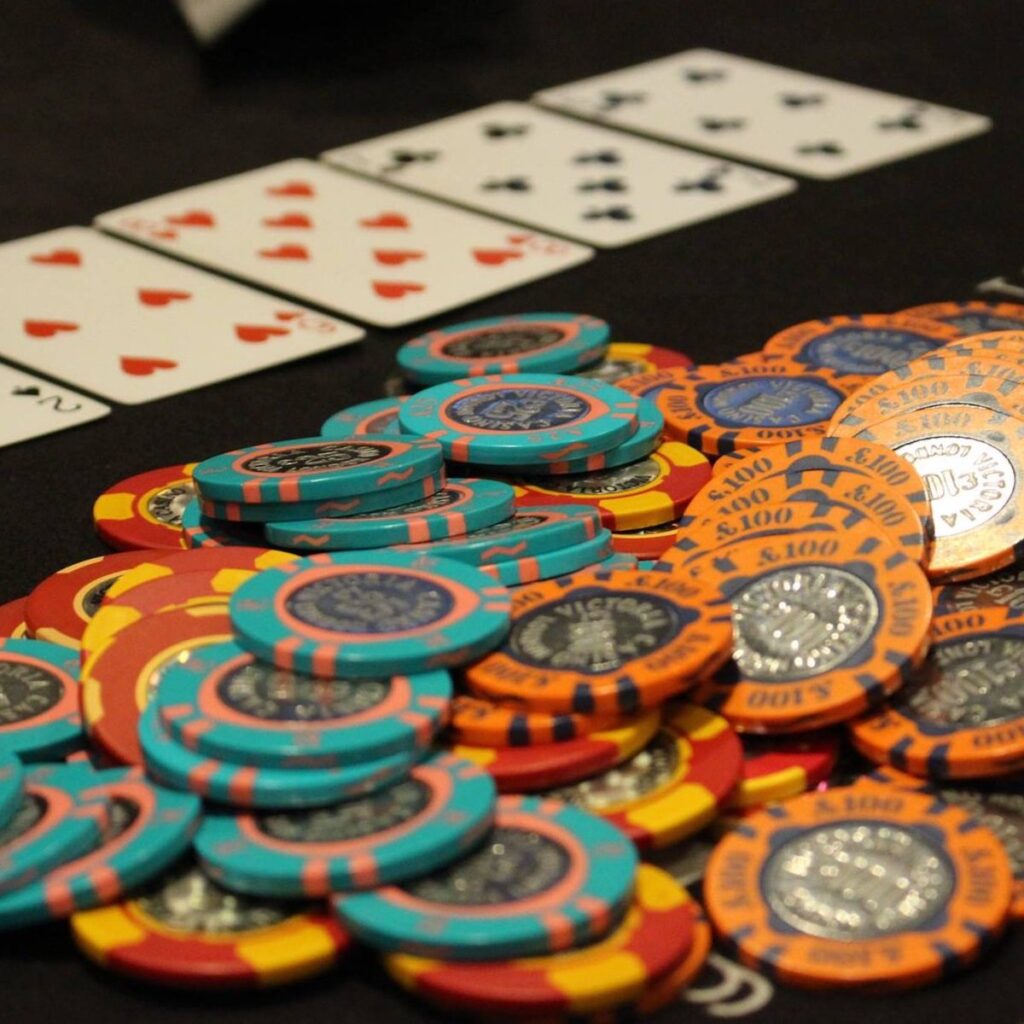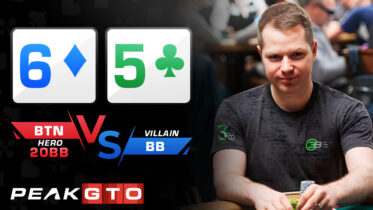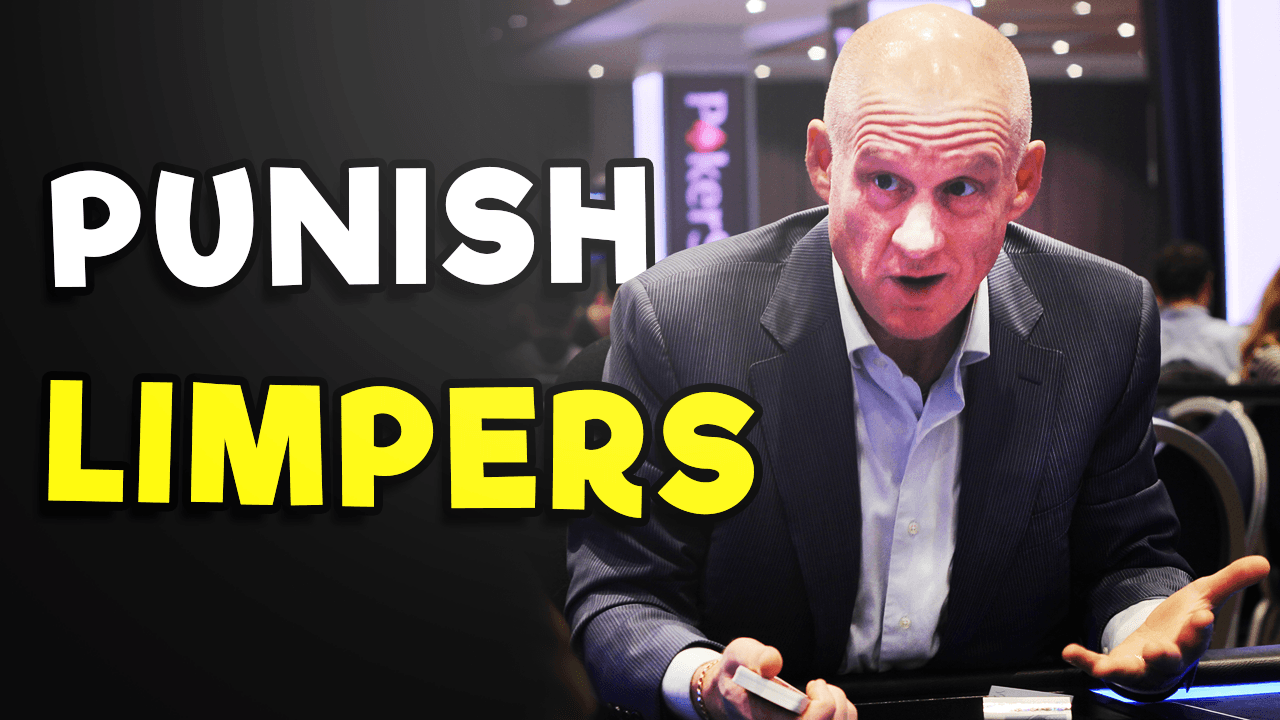Most poker players don’t care about the concept of rake in poker, but it is an important part of the poker economy and ecosystem. Each time you play poker, whether you know it or not, the casino, poker room, or game organizer charges some type of poker rake.
In simple terms, the rake is the commission the casino takes for organizing the game.
This is how casinos profit from poker, as the game is not played against the house.
There are many different ways to charge the rake in poker, ranging from taking a preset amount at the start of the game to charging the rake per hour of play or taking a percentage of each pot.
In this article, I will go into details of rake in poker, explain the different rake collection methods, and talk about how different rake structures should influence your poker strategy.
If you play poker often, keep reading to figure out how you can adjust to different rake structures, how the games you are playing in charge rake, and what it means for you at the end of the day.
Why Do Casinos and Poker Rooms Charge Rake?
I have often witnessed poker players complain about the rake in their games being too high or even question the legitimacy of the poker rake overall. That said, casinos and online poker rooms can only profit from poker through rake, so this is the only way to have the games running.
Of course, the exact cost of a rake can be heavily debated depending on many factors, but the reason for charging a rake in poker games is more than clear.
Big casinos also profit from players playing poker by having them join the pit games in their breaks or after poker games, but this does not mean they should not be charging rake at the tables.
How Much Rake in Poker Is Reasonable?
So, how much poker rake exactly does it make sense for the organizer to charge, and what factors should influence the decision? First of all, there is the cost of throwing a poker game.

This cost is obviously much higher in live poker than online poker, which is why live games typically charge more rake than online sites.
Furthermore, all poker rooms also look to capitalize more from higher stakes players, but it is worth saying that playing higher stakes is good for the players in terms of rake.
This is because casinos don’t progressively increase the rake at the same pace as the stakes but rather only increase the rake a bit, even if the stakes are much higher.
For example, a $1/2 game might charge a 10% rake with a cap of $5 per pot, while a $100/200 game might have a cap of $25 or $50 per hand, which is just a quarter of a big blind, compared to 2.5 big blinds at the lowest stakes.
The debate on how much rake should be charged in different games has often sparked big conflicts, especially regarding rake in real money poker apps.
Some big names have debated that “more rake is better” in online poker, as it allows poker sites to incentivize recreational poker players more and give them back more, but the jury is still out on that.
In either case, you should always think about the fact that poker rooms need to pay their staff, their rent, server costs, and whatever other costs they may have before they even start making any profit.
Since all poker rooms and casinos are businesses looking for profit, you must also understand that no one would run your games if they were not making something out of it, which is why you must accept a reasonable rake and move on.
Different Types of Rake in Poker
Now that you understand what rake is and why it is charged, let’s talk about how it may be collected in different poker rooms.
Beyond learning the poker basics, by learning about different types of poker rake, you will not be surprised when you come into a new poker room only to be informed you need to pay rake one way or another.
These are the most popular and common ways a casino may charge you rake in poker, so make sure to remember them and how they work:
Pot Rake (Percentage of the Pot)
Most commonly, poker rooms and casinos will charge a rake every hand, with a certain percentage of the pot being taken by the dealer at the end of the hand.

This percentage can vary anywhere between 2% and 10% of the pot and is usually capped at some amount ($5 at lower stakes, up to $50 at higher stakes).
Most commonly, the “no flop, no drop” rule is also applied, meaning no rake will be charged from pots that don’t reach the flop (if all players fold or the action is otherwise finished preflop).
In low stakes games with a high rake percentage, rake will often reach the cap, which means all players will be paying quite a high overall rake per hour in this rake model.
However, this rake model benefits high-stakes players quite a bit as the rake cap is usually quite low compared to the blinds at higher stakes.
Time Collection

In some casinos and poker rooms, the operator will charge you a rake for your time at the table (per hour or half hour).
The cost of rake per hour may depend on the stakes you are playing in some places, while it will be the same across the board in others.
In poker rooms where the same time collection is charged regardless of stakes, players are heavily incentivized to move up to higher stakes and pay less rake in bb per hour of play.
Dead Drop Rake
Another way of charging the rake, which is less common in poker games these days, is the dead drop rake model.
In this rake model, the player holding the dealer button must pay a preset amount or rake for the hand, which the dealer collects before dealing the cards. When dead drop is in play, there will be no rake at the end of the hand, and the size of the pot will not impact the size of the rake.
This way of charging rake incentivizes looser play, as playing more hands and more big pots does not end up costing you any extra money.
Tournament Fees
In tournament poker, the chips used at the tables have no real monetary value, which is why poker ICM defines the value of chips. Therefore, the rake is charged before the tournament even starts.
The operator will charge you a percentage of the buyin fee as a rake and may charge a further percentage for tournament staff or as obligatory tips.
For example, if you are playing in a $100+$10 buy-in tournament, the $100 would go to the prize pool, and $10 is collected by the operator as a rake.
Generally speaking, online poker rooms charge much lower tournament fees than live poker rooms, but the much softer fields in live poker rooms usually compensate for the difference in value.
How Rake Should Impact Your Play
It is very important to understand that the rake structure of the game you play should significantly impact how you play poker.
As a general rule of thumb, a higher rake will force you to play a tighter poker range if you want a good chance of coming away as the big winner. The more pots you play, the more you end up paying in rake, and if that rake is very high, it will be very hard to beat it. Therefore, sticking to solid preflop ranges is a must.

By playing a loose strategy where you are involved in many pots, you will end up paying vast amounts or rake over the course of the night, only realizing small EV profits in many of those hands.
Instead, you should play quite tight in games with high rake and capitalize on the fact others are playing too loose and chasing their losses.
By playing hands with high and suited cards, along with big pocket pairs, you will be in a position to win a high percentage of the hands you get involved in, thus minimizing the rake you pay compared to the profits you make.
What’s more, you should be playing quite aggressively, as winning pots preflop means you don’t pay any rake at all, even if there is quite a bit of money already in the pot.
Folding to more 3-bets, 4-betting as a bluff more often, and playing a tight range from early positions are generally the best ways to approach a poker game with a high rake.
Playing in Games with Timed Rake
More and more poker rooms are moving to a poker time rake model, charging by the hour of play rather than taking rake from particular pots. This rake model makes the game flow faster by allowing the dealer to keep dealing cards without thinking about raking every single pot.
In games with the timed rake model, looser play is heavily incentivized, as any edge you can find is pure profit for you.
Since you pay the same amount of rake per hour regardless of the number of poker hands, loosening up your range can make quite a bit of sense.
You also don’t need to worry about winning pots preflop to avoid rake, as you will not pay any extra rake regardless of how far the hand gets.
For these reasons, playing more aggressively in the games with time-based rake makes more sense, as long as you don’t go too far and start playing hands that simply can’t make a profit in given situations.
Final Words on Rake in Poker
Whether you like it or not, the rake is an integral part of all poker games in the world, and you will have to pay the rake if you want to play poker for real money.
That said, different places charge rake in different ways, and some games make more sense than others to play in, depending on the rake structure.
Before you join any real money poker game, make sure to understand the rake structure you will be getting yourself into and figure out the best strategy to counter the rake implications.
At the end of the day, rake won’t make a massive difference if you are a winning player, but I recommend building your bankroll and trying to move up the stakes as early as possible to avoid paying excessive rake, which is often present at the lowest of stakes.





